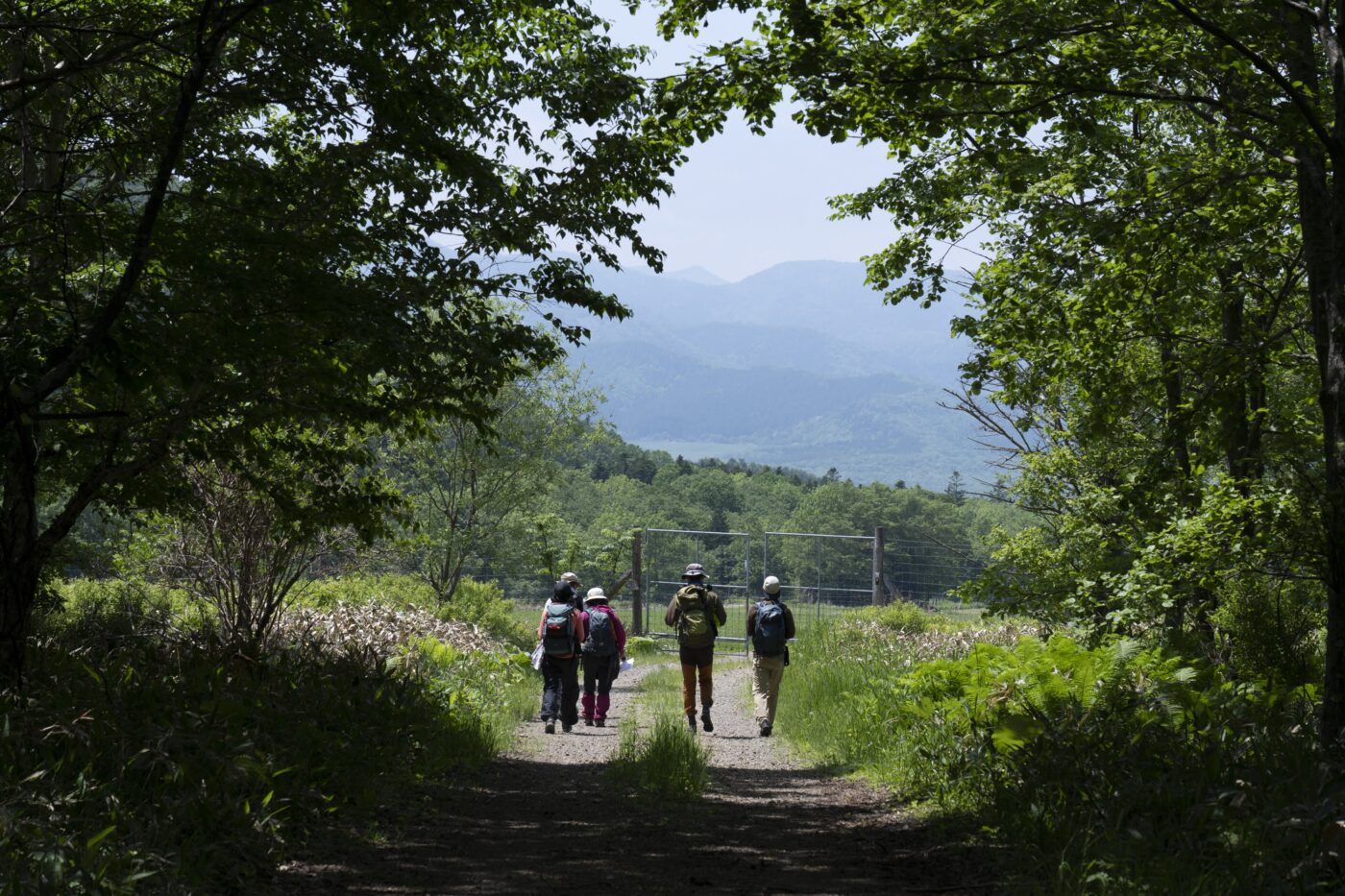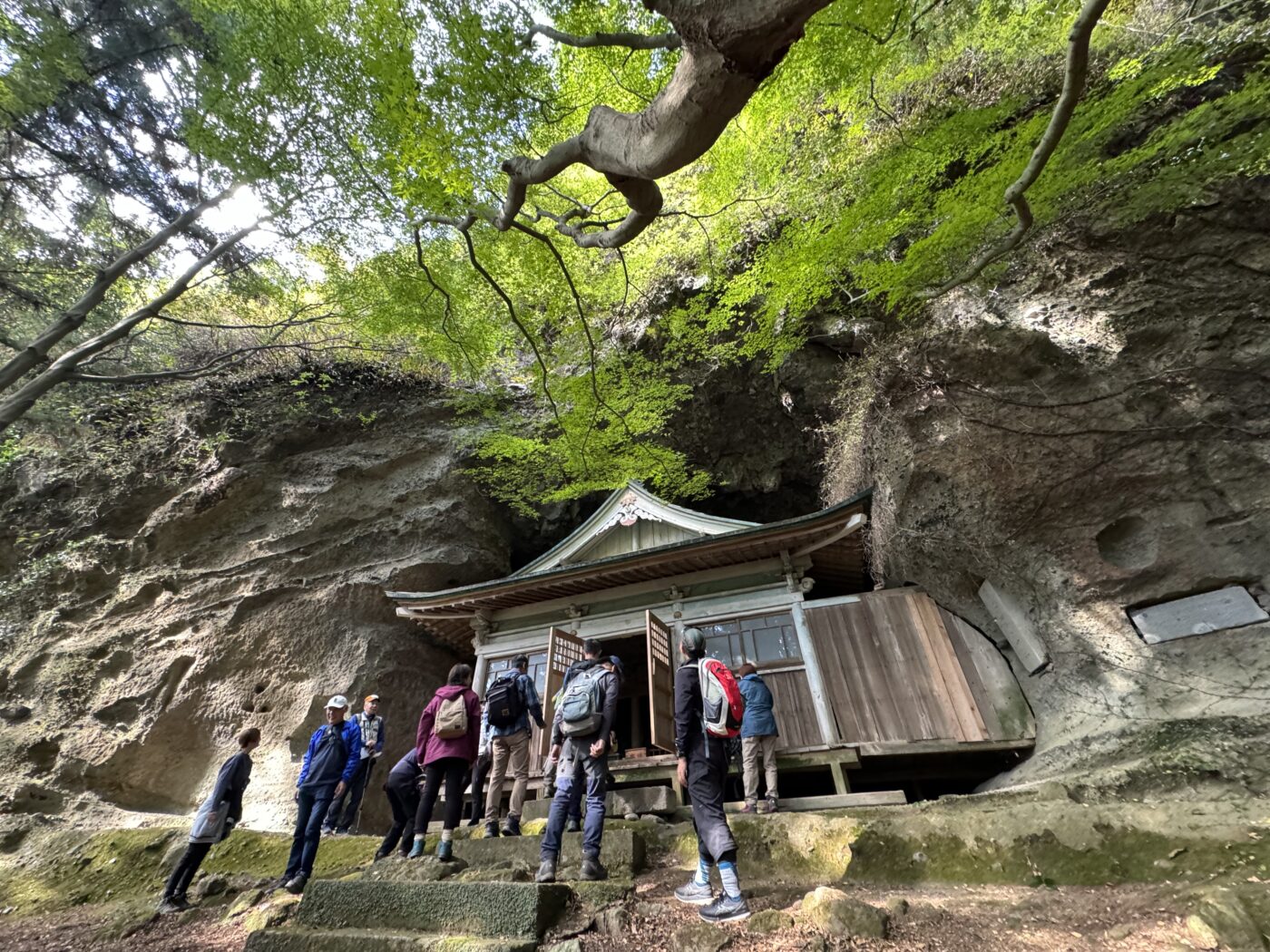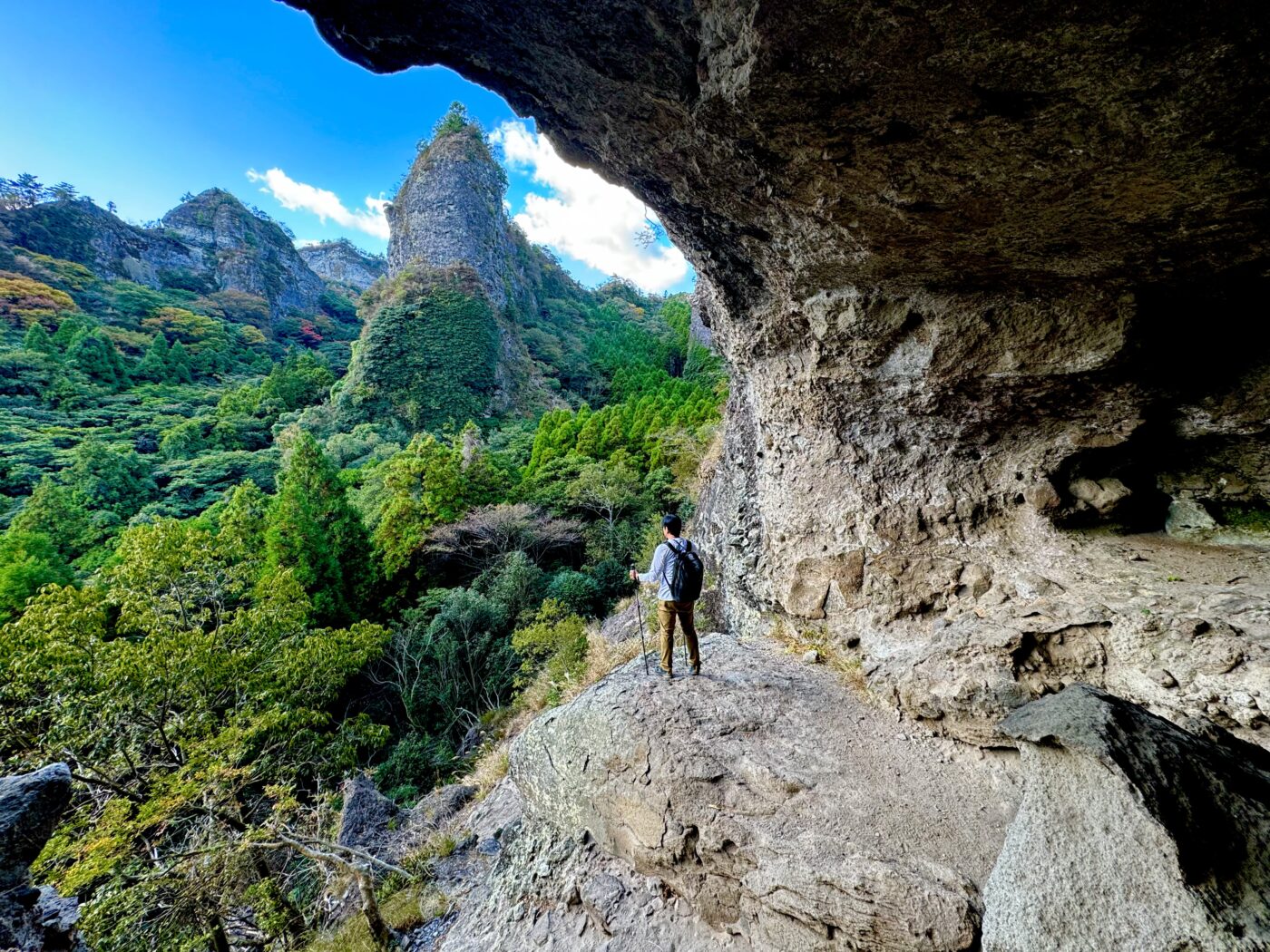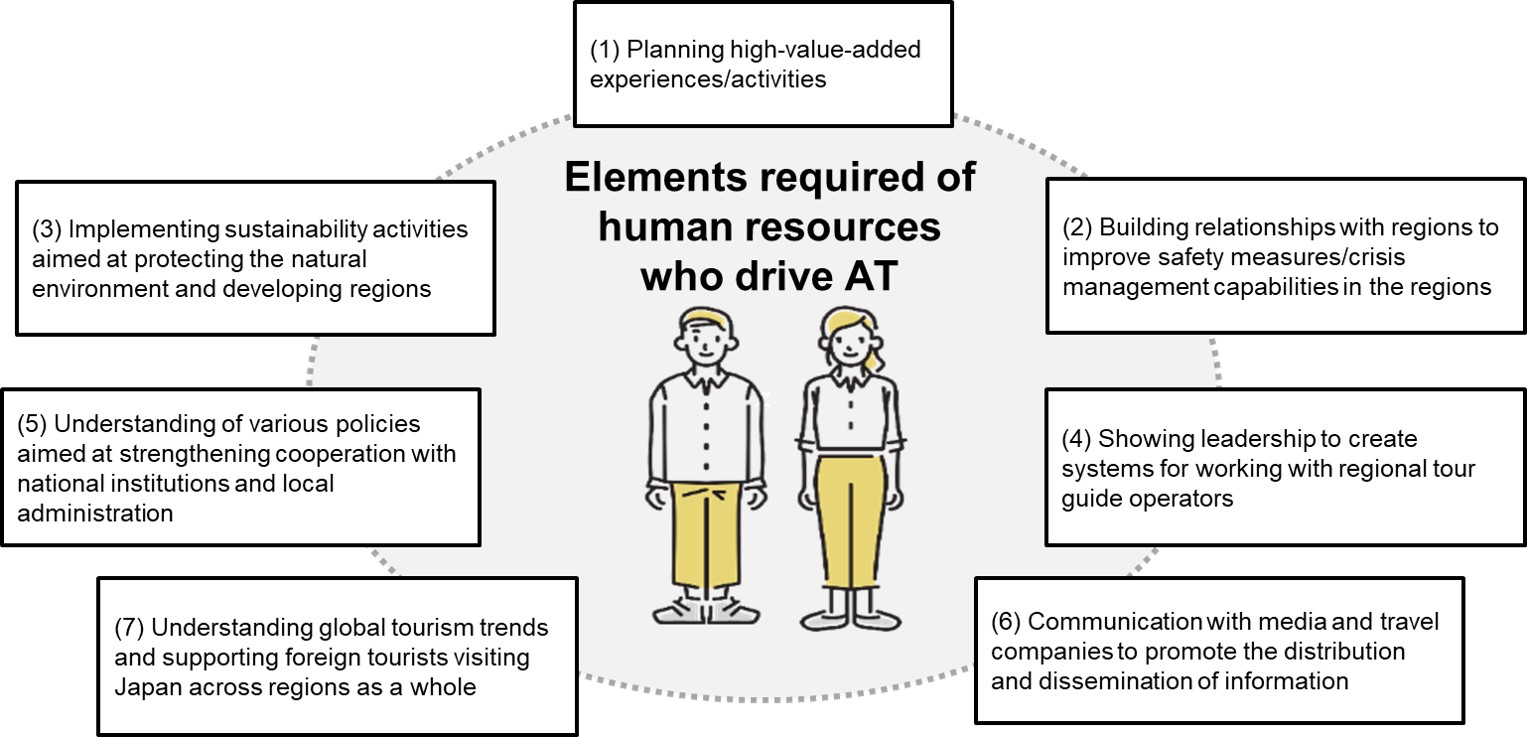[Column] The Vision of Regional Leaders Pursued by the Adventure Tourism Academy ‐ Fostering Leaders Who Guide Destinations Chosen by the World –
Masaki Yamashita
Executive Director, Japan Adventure Tourism Organization (JATO)
The Adventure Tourism Academy (ATA), established by the Japan Adventure Tourism Organization (JATO) with the cooperation of Japan Airlines and JTB Corporation, aims to cultivate leaders who will drive the development of sustainable tourism regions. This academy strives to enhance the international competitiveness of Japan’s tourist destinations by nurturing professionals in adventure tourism (AT) who possess a wide array of skills, including offering high-value experiences, building relationships with local communities, and protecting the environment.
1.The Expanding Global Adventure Tourism Market
The global adventure tourism market is experiencing rapid growth, with its scale and influence expanding year by year. According to estimates by the Adventure Travel Trade Association (ATTA), the market grew from $263 billion in 2012 to $683 billion (approximately ¥75.1 trillion) in 2017, with an astonishing average growth rate of 21%. Furthermore, it is projected to reach around $1.335 trillion (¥147 trillion) by 2023, with continued growth expected.
This market expansion is driven by changes in traveler preferences, shifting from traditional sightseeing to more immersive travel experiences that connect with nature and culture. Especially among affluent travelers in Europe, the U.S., and Asia, interest in AT is rising. The characteristics of AT include longer stays and higher spending compared to general travel, with participants often investing in outdoor gear and equipment. This trend contributes significantly to the local economy.
Moreover, AT is distinguished by its high return to local economies. Unlike general tourism products, AT has less financial leakage outside the region, helping to stimulate local economic revitalization. As global efforts to promote AT gain momentum, Japan has also begun to attract attention. In the “Adventure Tourism Development Index 2020,” Japan ranked 18th and was the only Asian country in the top 20, although there is still room for improvement compared to top-tier countries like Iceland, Switzerland, and New Zealand.
While the AT market in Japan is also expected to grow, driven by the global AT market, realizing this growth requires the development of guides who meet international standards and the creation of high-value content that leverages local natural and cultural resources. The expansion of the global AT market offers tremendous potential for sustainable tourism development and regional economic revitalization. In Japan, building a tourism strategy that harnesses this growth industry has become an urgent priority.

2.Addressing the Core Challenges of Regional Tourism through Adventure Tourism Initiatives
AT provides a critical perspective for considering the essence of regional tourism promotion. It is not merely a form of tourism but holds the potential to serve as a model for sustainable tourism development that leverages the natural and cultural resources of regions.
A key feature of AT is the deep engagement with local natural and cultural resources. For example, in Lake Akan Onsen, AT content development is underway that leverages the rich natural environment and Ainu culture. Such initiatives contribute to tourism promotion that harnesses the unique characteristics of the region.
Additionally, AT is characterized by its significant contribution to the local economy. Participants tend to stay longer and spend more than general tourists, contributing to the revitalization of local economies. Promoting AT requires collaboration across the region. It necessitates the joint efforts of various stakeholders, including the Ministry of the Environment, Destination Management Companies (DMCs), Destination Marketing Organizations (DMOs), activity guides, accommodations, and restaurants. This process involves re-evaluating the region’s tourism resources and creating new value.
AT also offers a solution to the issue of overtourism by redistributing demand and attracting visitors to a broader range of regions, which is essential for regional tourism promotion. Furthermore, AT emphasizes sustainability. It requires initiatives that align with the principles of sustainable tourism development, such as protecting the natural environment, respecting local culture, and contributing to local communities. This long-term perspective contributes to the sustainable development of regional tourism.
Promoting AT necessitates the training of highly knowledgeable and skilled guides. For example, Hokkaido has launched the “Hokkaido Adventure Travel Guide Certification Program” to train tour guides who can operate on a global level. Such initiatives in human resource development contribute to raising the overall quality of the region’s tourism industry.
AT emphasizes the “holistic experience” of local nature and culture. This approach maximizes the unique appeal of the region and provides travelers with a deep sense of satisfaction. It also offers local residents an opportunity to re-recognize the value of their region.
In this way, AT initiatives address the fundamental challenges of regional tourism promotion. Through AT promotion, regions can reimagine their approach to tourism promotion by focusing on the sustainable balance between the preservation and utilization of nature and culture, contributing to the local economy, pursuing sustainability, and developing human resources. Through these efforts, Japan’s regions are expected to develop as sustainable tourism destinations recognized by the world.

【Souce】Hokkaido Tourism Organization
3.Adventure Tourism as a High-Value Experience That Fuses Nature and Culture
AT, as a travel style that offers “high-value experiences that fuse nature and culture,” has garnered attention as a measure to promote regional tourism throughout Japan. AT is defined as travel that includes two or more elements of “activity,” “nature,” and “cultural exchange.” This fusion enables deeper immersion and a higher level of satisfaction, surpassing mere nature or cultural experiences. The key features of AT include:
i. Providing High-Quality Stories:
AT emphasizes “providing high-quality stories,” such as nature or historical interpretations that stimulate participants’ intellectual curiosity and lead them into a state of flow.
ii. Responding to Individual Needs:
It is important to customize activities to meet the individual needs of participants, such as tailoring activities to different skill levels for families with children and adults.
iii. Setting Appropriate Difficulty Levels:
Properly assessing participants’ abilities and setting appropriate difficulty levels is crucial for maintaining a flow state and achieving deeper immersion.
iv. Utilizing Local Resources:
AT places importance on experiencing the unique natural and cultural resources of a region, allowing travelers to experience the distinct appeal of the area and undergo personal transformation and growth.
v. Considering Sustainability:
AT emphasizes the sustainability of the region’s natural and social environments, as well as the improvement of local employment and income, contributing to a virtuous cycle of tourism and regional development.
vi. Creating High-Value Experiences:
AT contributes to the enhancement of transportation services by offering experiences where movement itself is the goal, improving accessibility to surrounding content, and adding value to the journey, thereby increasing the total expenditure in the region.
Through these features, AT offers a unique high-value experience that differs from traditional tourism, holding the potential to simultaneously enhance traveler satisfaction and stimulate the local economy. By fusing nature and culture, AT is expected to maximize the unique appeal of the region and serve as a model for sustainable tourism development.

【Souce】JTB TOURISM R&C Co.
4.The Need for Human Resource Development to Create a Virtuous Cycle of Nature and Cultural Resource Protection and Utilization
In promoting AT, developing human resources capable of creating a virtuous cycle of nature and cultural resource protection and utilization is essential. Such human resources require the following abilities and knowledge:
i. Deep Understanding of Natural and Cultural Resources:
AT professionals need specialized knowledge of the region’s natural environment and cultural resources. The Ministry of the Environment’s National Park Full Enjoyment Project emphasizes the importance of conveying the unique value and stories of national parks while protecting their excellent natural environments and local communities.
ii. Understanding and Practicing Sustainable Tourism:
It is crucial to have the ability to understand and practice sustainable tourism principles, contributing to the sustainability of the region’s natural and social environments, as well as improving local employment and income.
iii. Ability to Develop High-Value Content:
It is necessary to have the ability to develop high-value content that leverages the region’s natural and cultural resources and satisfies travelers’ intellectual curiosity.
iv. Ability to Collaborate with Regional Communities:
The success of AT depends on strong collaboration with regional communities, requiring the ability to build trust and work together with local residents and businesses.
v. Balancing Environmental Conservation and Tourism:
It is necessary to have the ability to balance environmental conservation with tourism utilization, providing attractive experiences while minimizing the impact on the environment.
vi. Global Perspective and Communication Skills:
To respond to the global AT market, a global perspective and communication skills in foreign languages are essential. The shortage of high-quality English-speaking guides has been pointed out as a challenge.
vii. Marketing and Promotion Ability:
Effective marketing and promotion abilities are required to communicate the appeal of AT and reach the appropriate target audience.
viii. Risk Management Ability:
AT activities in natural environments always involve risks, making safety management and crisis response abilities essential. It is necessary to create a risk management system that ensures travelers can enjoy activities safely throughout the region.
Developing human resources with these abilities is crucial for promoting AT that creates a virtuous cycle of nature and cultural resource protection and utilization. Increasing the number of such professionals will enhance the quality of AT in Japan, contributing to the development of sustainable tourism destinations chosen by the world.

【Souce】JTB TOURISM R&C Co.
5.The Vision of Regional Leaders with Seven Core Competencies Pursued by the Adventure Tourism Academy
The human resources with the seven core competencies pursued by ATA are expected to play a role not merely as guides but as leaders who drive the promotion of AT throughout the region. The details and importance of these competencies are as follows:
i. Planning High-Value Experiences and Activities:
This means offering experiences that satisfy travelers’ intellectual curiosity and inquisitiveness while leveraging the unique characteristics of the region. For example, Tsuruga Resort’s “Adventure Base SIRI” in Eastern Hokkaido has successfully developed high-value plans by offering a variety of activities and programs that take advantage of the rich natural environment. AT requires the creation of attractive, high-value experiential travel products that combine activities, nature, and cultural experiences.
ii. Building Relationships with the Region to Enhance Safety Measures and Crisis Management:
AT guides need the ability to minimize risks and ensure the safety of participants, local partners, and the community. This includes creating an environment where travelers can enjoy themselves safely across the region.
iii. Implementing Sustainability Activities for Environmental Conservation and Regional Development:
AT guides play a role in protecting the environmental, social, and economic sustainability of the ecosystems and communities where activities are conducted. This is important when considering the “virtuous cycle of protection and utilization.”
iv. Fostering Leadership in Creating Collaborative Systems among Local Guide Businesses:
Promoting AT requires building trust between businesses and local communities. Leadership is needed to foster collaboration among local guide businesses.
v. Responding to Various Policies to Strengthen Cooperation with National Agencies and Local Governments:
It is necessary to have the ability to understand and utilize the policies of the Japan Tourism Agency and local governments related to AT promotion. The Japan Tourism Agency has highlighted AT as a suitable initiative for inbound tourism promotion and the creation of high-value content in rural areas.
vi. Communication Skills with Media and Travel Agencies for Information Dissemination and Distribution Promotion:
Effective marketing and promotion abilities are required to communicate the appeal of AT and reach the appropriate target audience, including building good relationships with media and travel agencies.
vii. Understanding Global Tourism Trends and Enhancing the Capacity to Serve Foreign Tourists:
To improve the satisfaction of foreign tourists throughout the region, it is necessary to understand global AT market trends and enhance service capabilities. The development of high-quality English-speaking guides remains a challenge.
Human resources with these competencies are expected to create a “virtuous cycle of nature and cultural resource protection and utilization” through AT. ATA’s curriculum aims to develop these abilities through 13 lectures over approximately three months.
The human resources cultivated by ATA are expected to play a role as regional leaders who build good relationships with government, businesses, and local community stakeholders, and lead the development of sustainable tourism regions. This human resource development is expected to contribute significantly to the expansion and quality improvement of Japan’s AT market, as well as the creation of sustainable tourism regions.
For more details on the Adventure Tourism Academy, please refer to here


